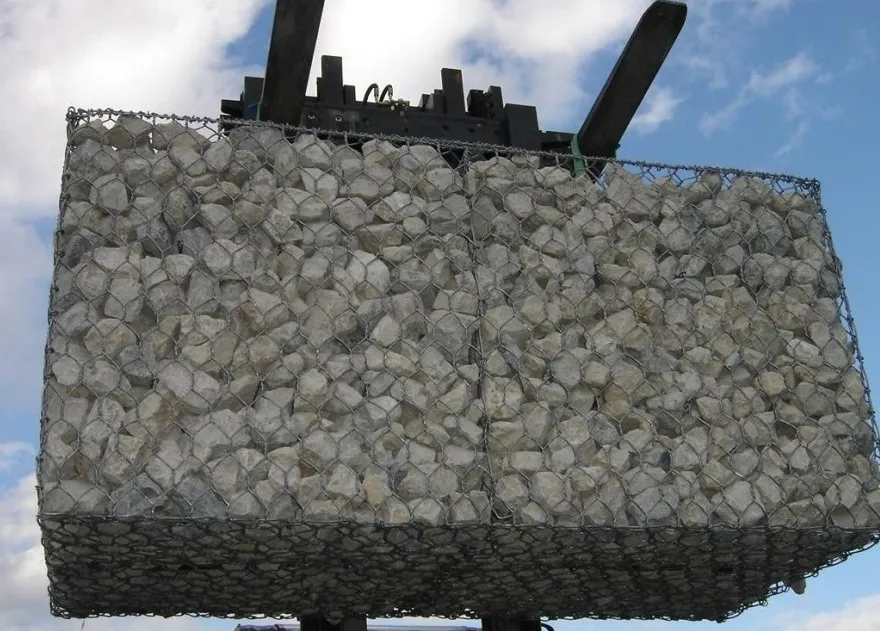-
 Phone:
Phone: -
 Email:
Email:

Understanding the Weight of Tie Wire Needed for Each Kilogram of Rebar Used
Understanding Tie Wire and Its Relationship to Rebar Weight
When it comes to construction and structural engineering, the use of rebar (reinforcing bar) is a fundamental practice that enhances the tensile strength of concrete structures. Yet, another essential component that often gets less attention is tie wire, which plays a crucial role in the arrangement and stability of rebar during the concrete pouring process. This article will explore the relationship between tie wire and rebar, particularly focusing on the weight of tie wire per kilogram of rebar.
What is Tie Wire?
Tie wire is a thin, flexible wire, often made from steel, that is used to bind rebar together. This binding process is critical in ensuring that the rebar maintains its position during the pouring of concrete, which is vital for the structural integrity and longevity of the project. The use of tie wire allows for the creation of specific layouts, ensuring that the rebar is placed according to the engineering plans and specifications.
The Importance of Tie Wire in Construction
The strategic placement of rebar is essential for the load-bearing capacity of concrete. Without proper alignment and support offered by tie wire, the rebar might shift during installation, leading to improperly reinforced structures. As concrete is poured, it exerts significant pressure; if the rebar isn't properly tied together, it could displace, resulting in weak points within the concrete.
Additionally, tie wire offers a cost-effective mechanism for maintaining structural integrity. The weight of tie wire required per kilogram of rebar can vary, but it is typically minimal. This lightness allows construction projects to keep their overall weight down while benefiting from the necessary reinforcement provided by the rebar.
Tie Wire Weight per Kilogram of Rebar
tie wire per kg of rebar

The weight of tie wire needed per kilogram of rebar is an important metric for construction planning. Generally, the amount of tie wire used can range from 0.3 to 1.5% of the total weight of the rebar. This small percentage translates to a relatively small increase in overall weight while providing significant benefits in terms of stability and placement accuracy.
For example, if a construction project requires 1000 kilograms of rebar, using a tie wire weight of approximately 0.5% would mean an additional weight of around 5 kilograms of tie wire. This adds minimal weight but yields substantial safety and performance benefits in the final structure.
Cost Efficiency and Material Savings
From a financial perspective, the minimal amount of tie wire required is a cost-effective solution for builders. Purchasing and handling a small quantity of tie wire helps in reducing overall material costs. Moreover, as rebar prices can fluctuate based on market conditions, relying on a relatively low proportion of tie wire allows for better budget management in construction projects.
Additionally, using the right type and amount of tie wire can lead to material savings in the long run. Ensuring that rebar is properly secured with the appropriate tie wire helps minimize the risk of structural failure, which can lead to expensive repairs or even complete overhauls.
Conclusion
In conclusion, while tie wire may seem like a trivial component in the grand scheme of construction, its role in securing rebar cannot be overstated. The relationship between tie wire weight and rebar is essential for maintaining structural integrity and ensuring the success of construction projects. By understanding the optimal ratio of tie wire to rebar, construction professionals can enhance safety, efficiency, and cost-effectiveness in their operations. Whether constructing a residential home or a large commercial building, attention to detail regarding tie wire can yield significant dividends in terms of structural performance and longevity.
-
Uncompromised Slope Safety with Advanced Rockfall Protection NettingNewsJun.09,2025
-
The Smart Choice of Chain Link FenceNewsJun.09,2025
-
Securing the Future with Time-Tested Barbed Wire ProtectionNewsJun.09,2025
-
Reliable and All-Season Fencing with Premium Hexagonal Wire MeshNewsJun.09,2025
-
High-Performance Binding Solutions with Premium Loop Tie WireNewsJun.09,2025
-
Durable, Flexible, and High-Performance Baling Wire for SaleNewsJun.09,2025
-
Unveiling the Versatility of Hexagonal Wire MeshNewsMay.21,2025








